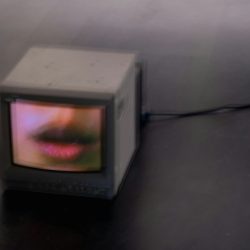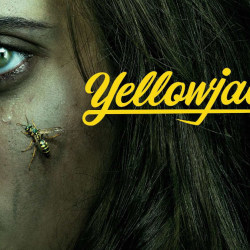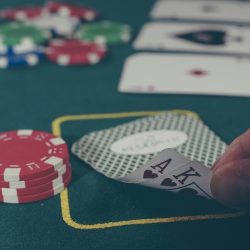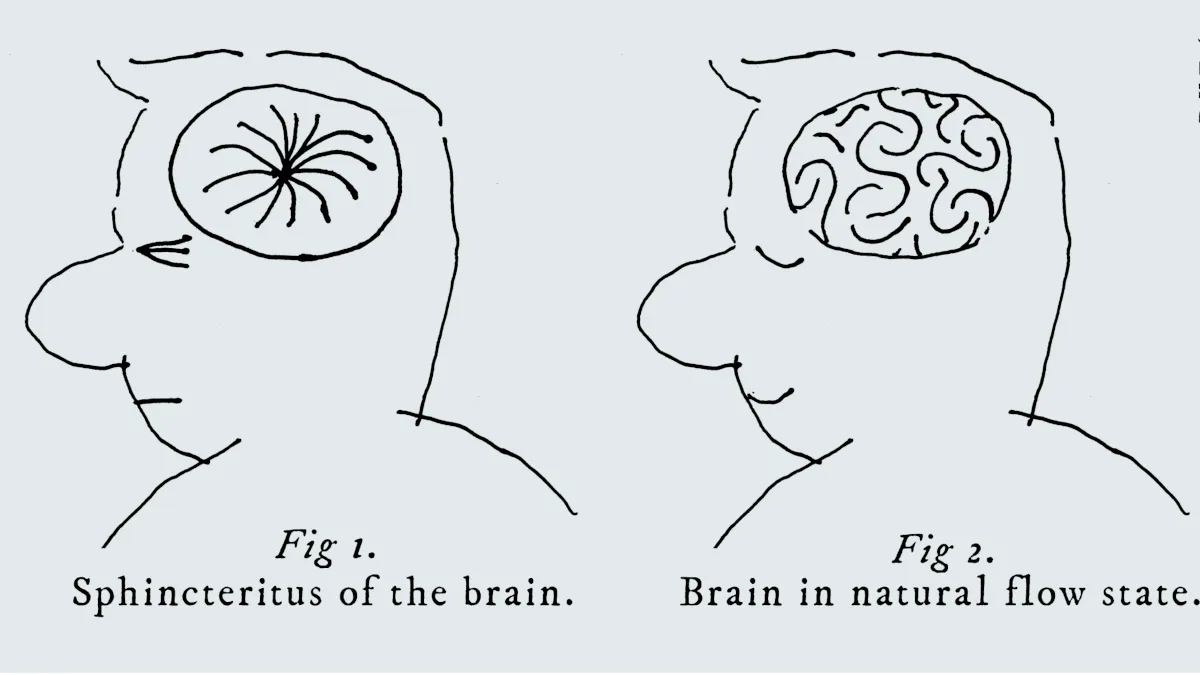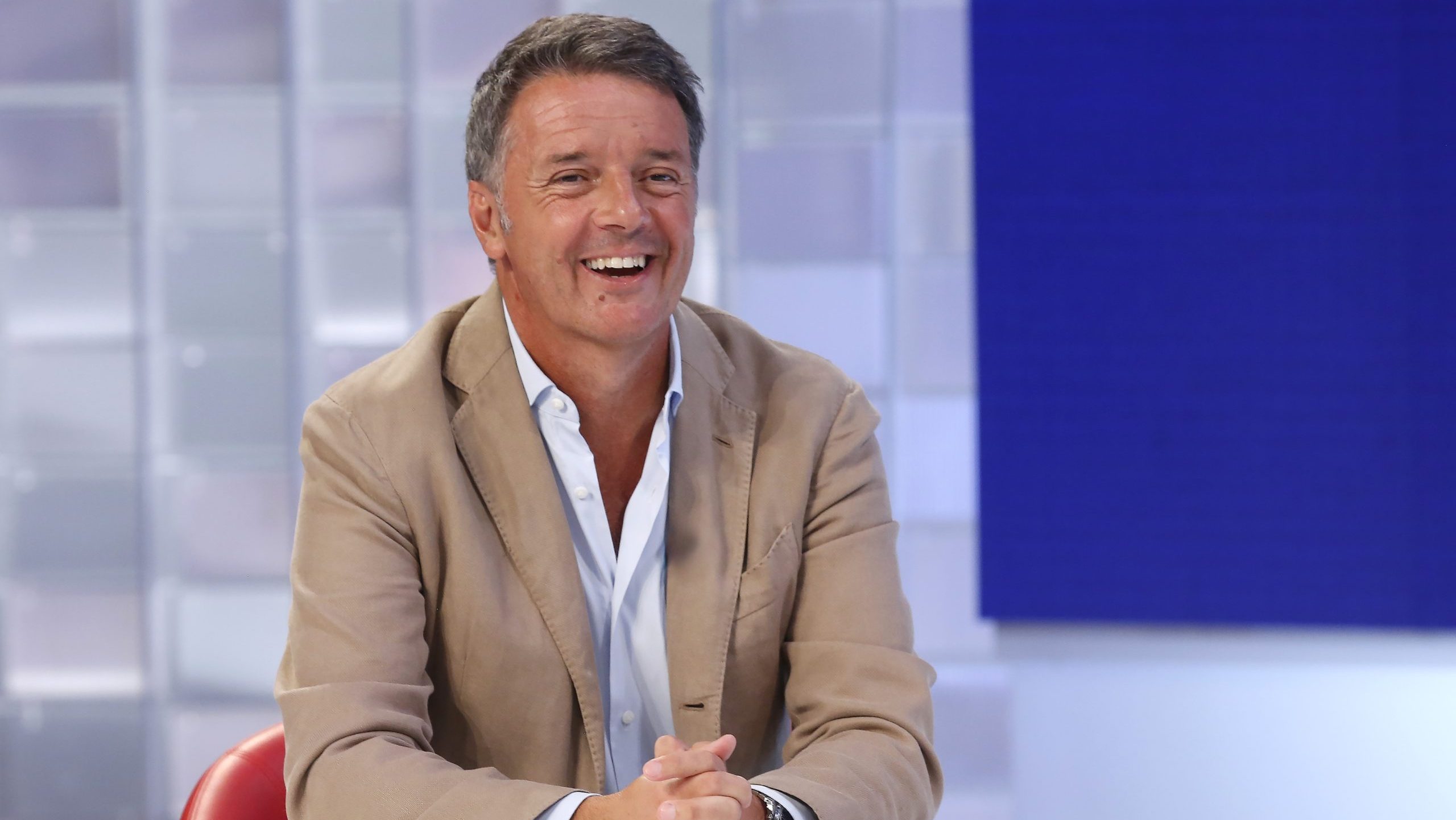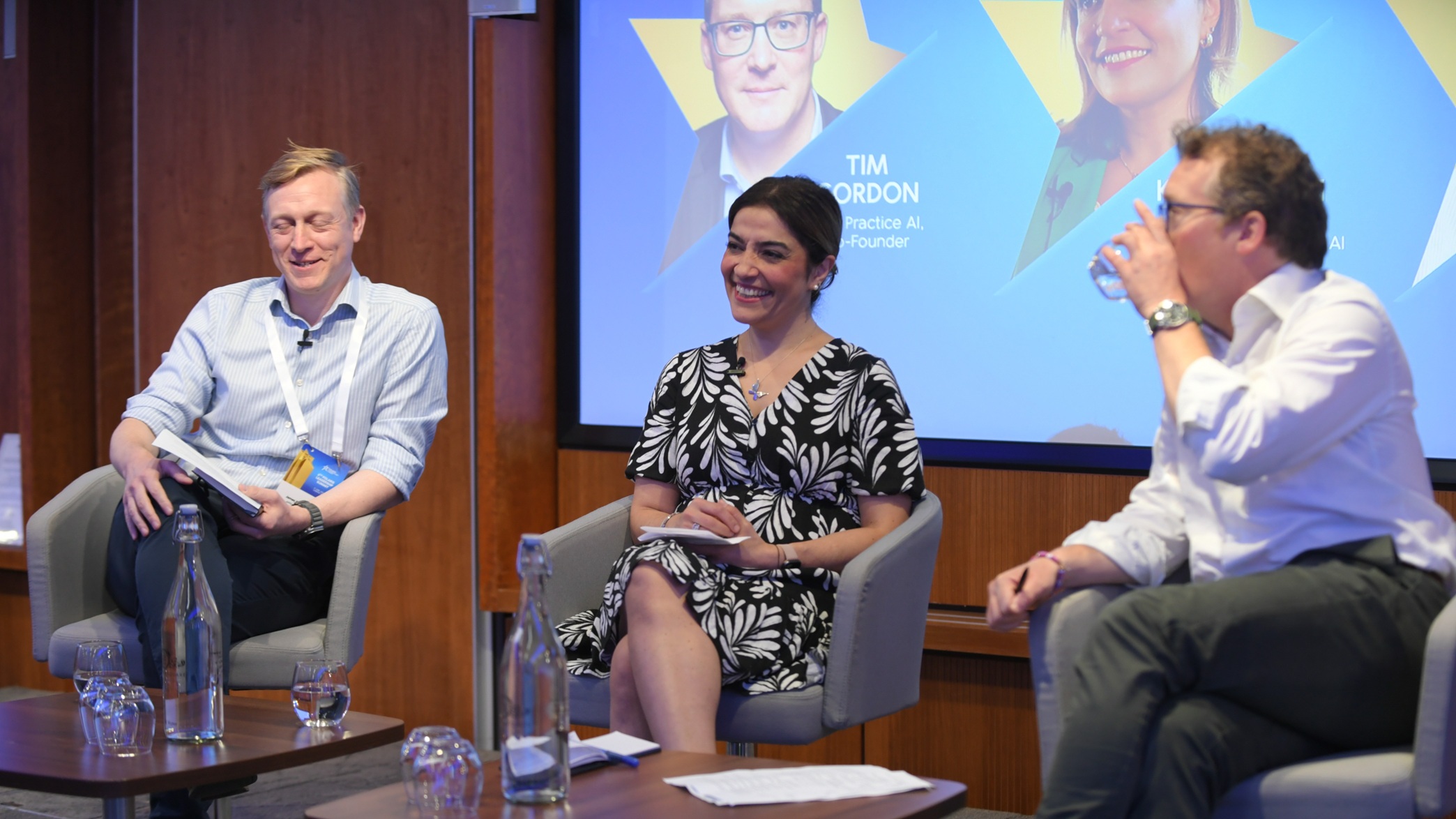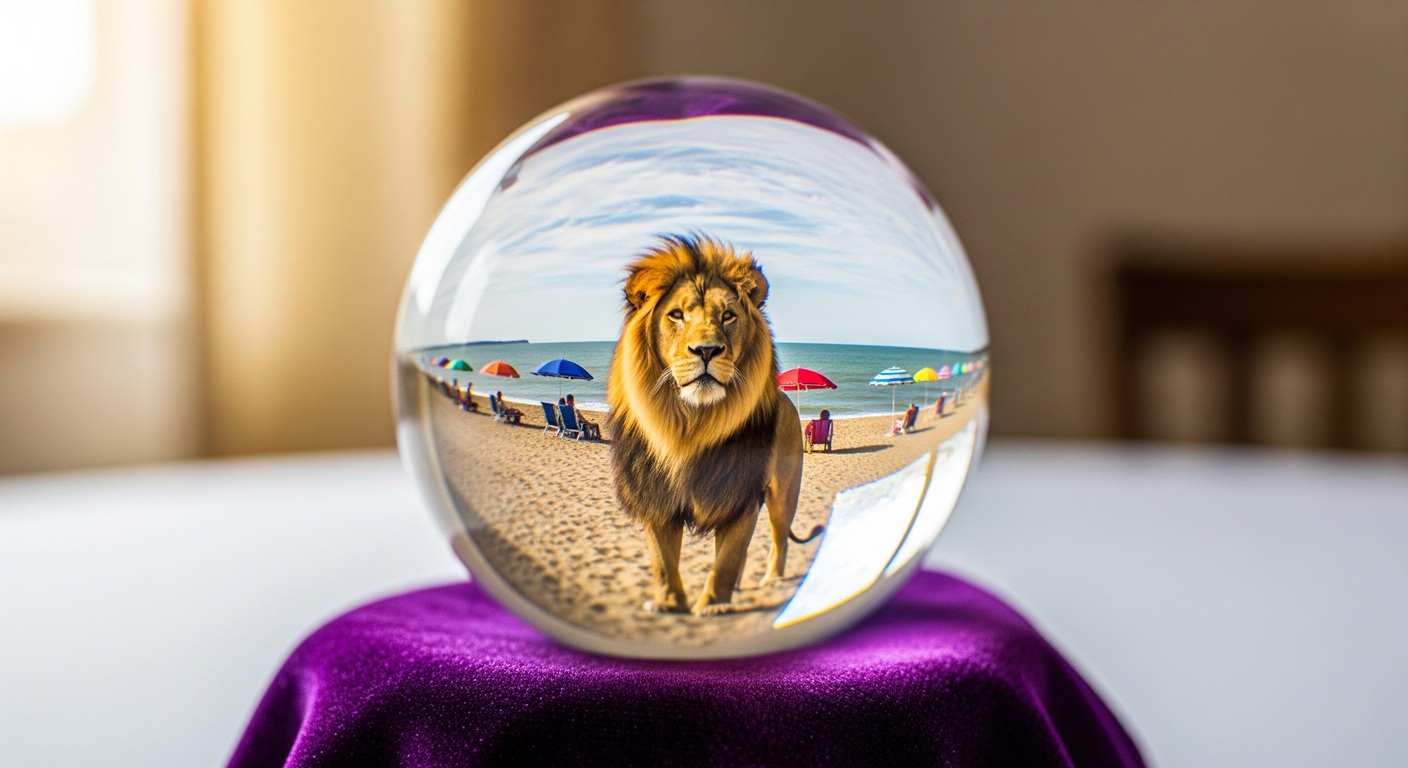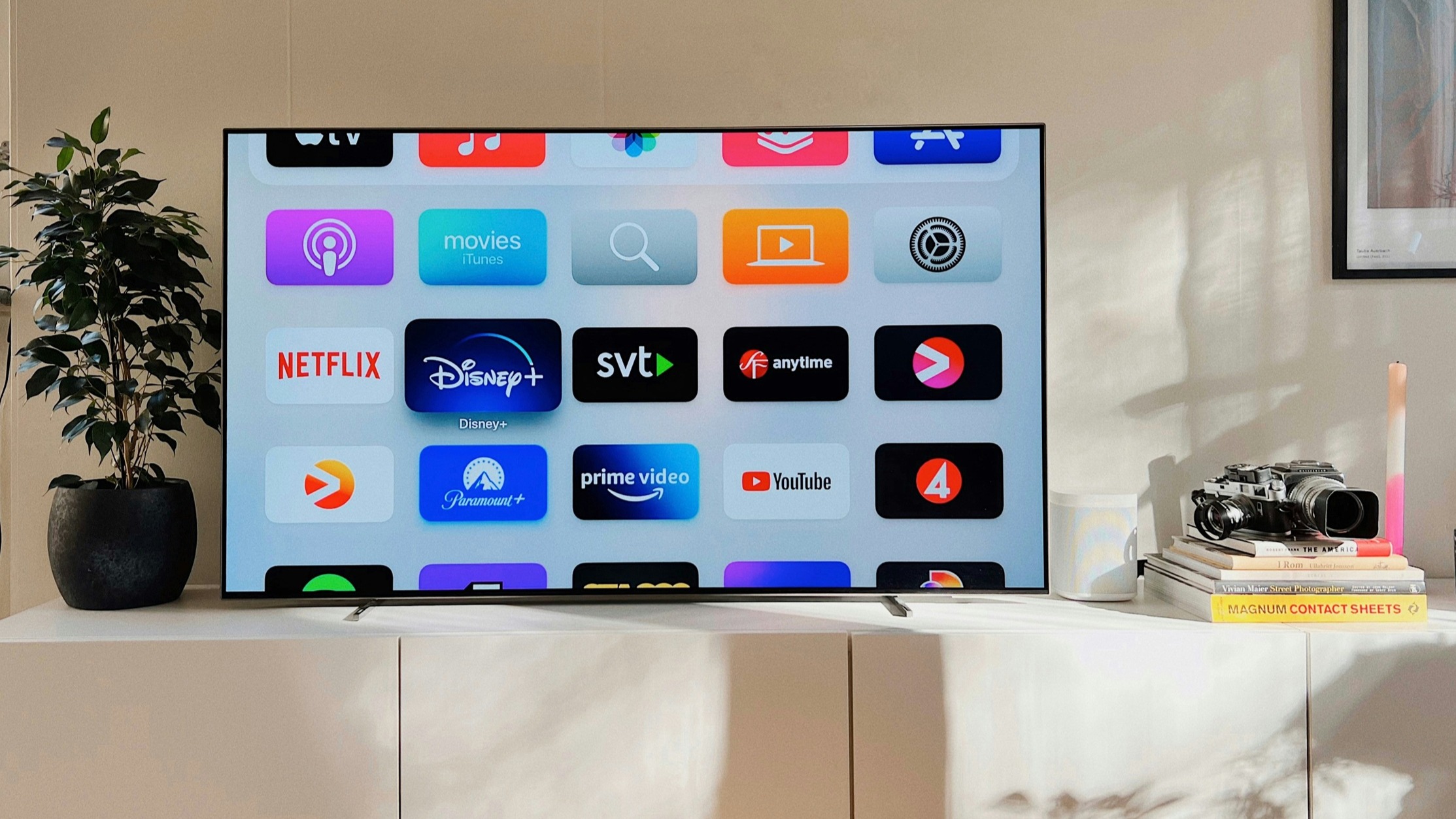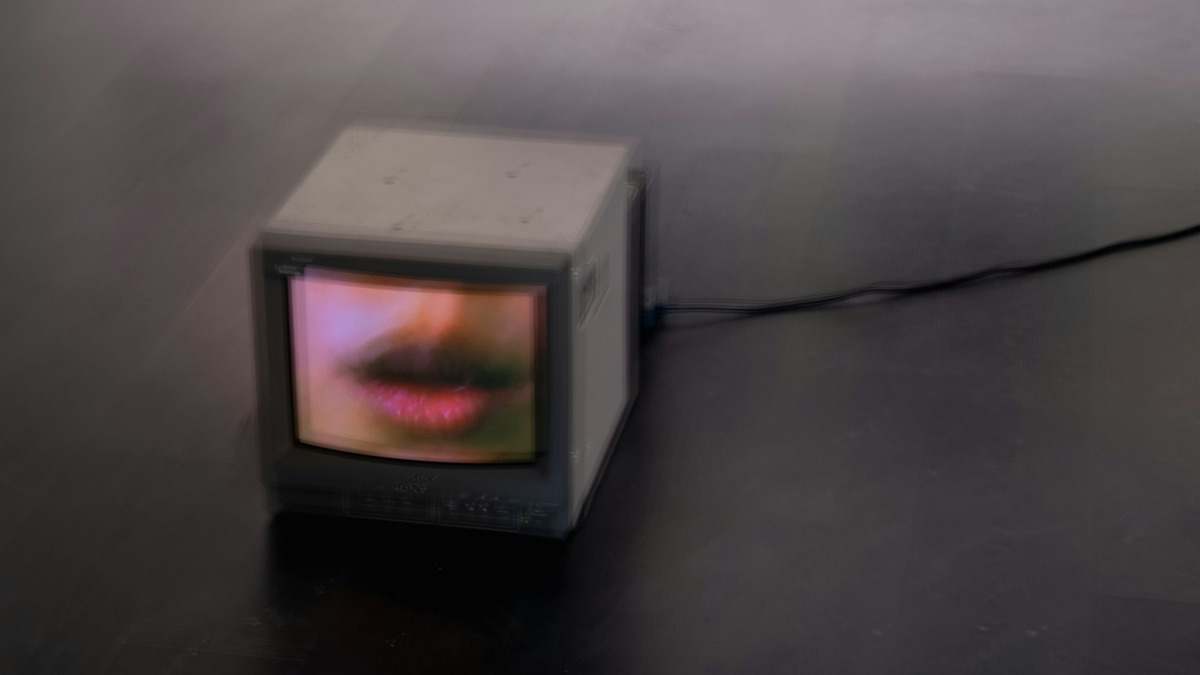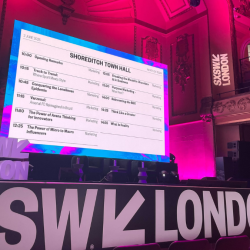Being a creative is a weird job.
You can’t just write a list of tasks at the beginning of the day and tick them off at the end of the day.
Some days you achieve absolutely nothing, others, ideas come out like a fire hose.
And you can’t predict or plan for either.
In Hey Whipple, Squeeze This Luke Sullivan gave this advice: ‘Never walk away from a hot keyboard.
When ideas finally start coming, stay on it.
Don’t break for lunch. Don’t put it off till Monday.
You’d be surprised how cold some trails get once you leave them for a few minutes.’
Until then I’d only measured my productivity by whether I’d cracked a brief or not, I’d never acknowledged or accepted the peaks and troughs through the process.
It was the best advice I’d read on advertising, from the best book I’ve read on advertising.
PRE-WHIPPLE: A hot streak may arrive just as I was about to head home, I’d maybe stay for an extra hour getting an extra half a dozen ideas.
I’d then head home delighted — having produced more in the last hour than the previous nine.
The next morning, I’d turn up looking forward to picking up where I’d left off — nothing.
Not even a bad idea.
POST-WHIPPLE: I’d stay until my brain was rinsed.
Perhaps two hours longer rather than one, but I’d have two dozen ideas rather than six.
Again, next morning — nothing.
Why the hell do brains do that?
Don’t we have any control over our organs?

Chris Martin, my old Edwards Martin Thornton Creative Director, believed we did.
We once worked together on a pitch — he’d been there and done it (ex-Cramer Saatchi, ex-John Hegarty’s writer at TBWA). I hadn’t been there or done anything.
We were briefed in the a.m. to deliver a campaign by the p.m. (unusual back then).
Keen to give a good account of myself to the boss, I immediately snapped into action — ripping the cellophane off a fresh layout pad and staring at its blank pages intensely.
On the other side of the desk, Chris began flicking through his Rolodex, ‘Now where shall we go… Let’s
have a nice lunch.’
What fresh lunacy was this — eating up valuable work time eating.
‘Chris, we’ve only got six hours?’
‘Exactly!
No point getting stressed.
We won’t be able to think of a thing!’
So we had a nice lunch — he was the boss.
We also presented nice work in the p.m.
Coincidence?
Maybe not, it turned out this was Chris’s go to move in a panic, pretend there isn’t one.
Trick your brain into thinking it’s not stressed.
After all, it only takes a minute to have a good idea, if you’re in the mood.
Creativity is essentially play, anxiety is kryptonite to play.
You can only play if you feel playful.
Before creating, creatives need to get their heads in the right zone, just as runners need to stretch before a running and footballers need to warm up before a game.
Relaxed and positive brains are more productive than tense, negative ones.
Footballers sometimes get the tag ‘confidence players’, it means they’re world-beaters when they’re feeling confident, worthless when they aren’t.
Creatives are the same.
Sure, there’s the odd weirdo who work better with an axe hovering over their head, but most produce their best work when they feel valued.
Once they’ve settled into a company, got some good work under their belts and no longer feel so judged.
Ideas flow, they take more chances, no longer worrying about sharing ideas they’re unsure of.
The weird, half-baked, off-brief stuff.
And that’s where the ‘Compare the Meerkat’s’, Cadbury’s ‘Gorillas’ and Oatly’s lie.
In the ‘Is there anything in this?’ pile, not the ‘we know this isn’t embarrassing’ pile.
In the effortless.
The playful.
The kind of stuff that makes people think ‘I bet they had fun doing that?’.
And nine times out of ten, they did.
Featured image: artwork by Dave Dye

